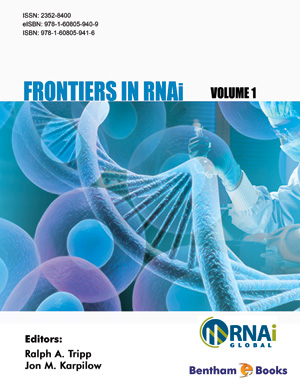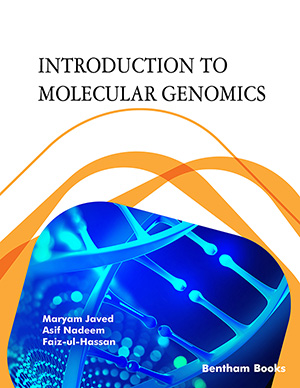Abstract
Plants respond to low temperatures with changes in their pattern of gene expression and protein products. Many species of tropical or subtropical origin are injured or killed by non-freezing low temperature, and exhibit various symptoms of chilling injury such as chlorosis, necrosis, or growth retardation. In contrast, chilling tolerant species are able to grow at such cold temperatures. Conventional breeding methods have met with limited success in improving the cold tolerance of important crop plants through inter-specific or inter-generic hybridization. Recent studies involving full genome profiling/sequencing, mutational and transgenic plant analyses have provided a deep insight of the complex transcriptional mechanism that operates under cold stress. The alterations in expression of genes in response to cold temperatures are followed by increases in the levels of hundreds of metabolites, some of which are known to have protective effects against the damaging effects of cold stress. Various low temperature inducible genes have been isolated from plants. Most appear to be involved in tolerance to cold stress and the expression of some of them is regulated by C-repeat binding factor/dehydration-responsive element binding (CBF/DREB1) transcription factors. Numerous physiological and molecular changes occur during cold acclimation reveals that the cold resistance is more complex than perceived and involves more than one pathway. The findings summarized in this review have shown potential practical applications for breeding cold tolerance in crop and horticultural plants suitable to temperate geographical locations.
Keywords: Biosynthesis, cold acclimatization, cold stress, crop plants, Fructan, genes, genetic engineering, glycine-betaine, Growth hormone, Hill agriculture, low temperature, morpho-physiological, pathways, proline, RNA chaperon, stress inducible promoter, transcription factors, Transporter protein.


















